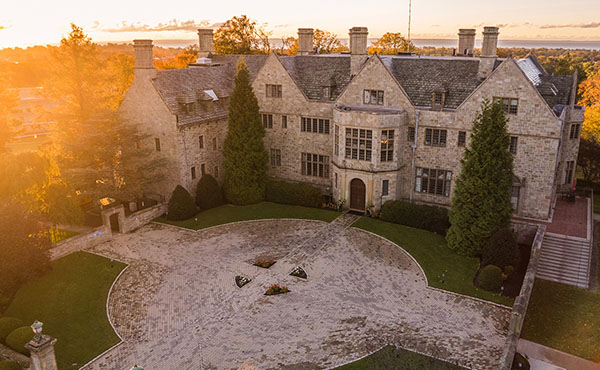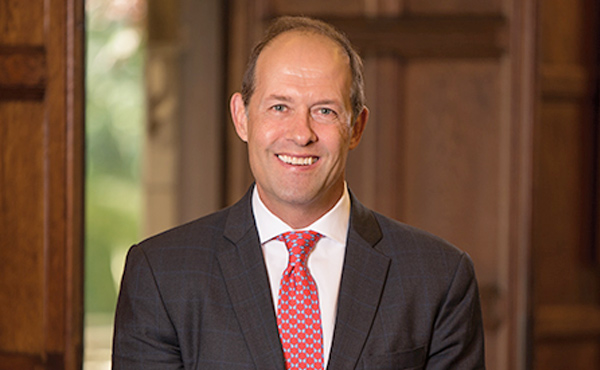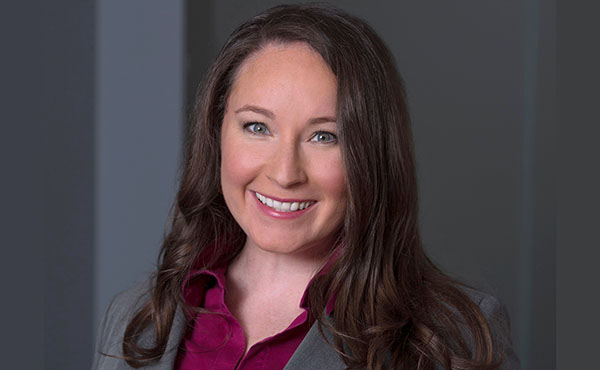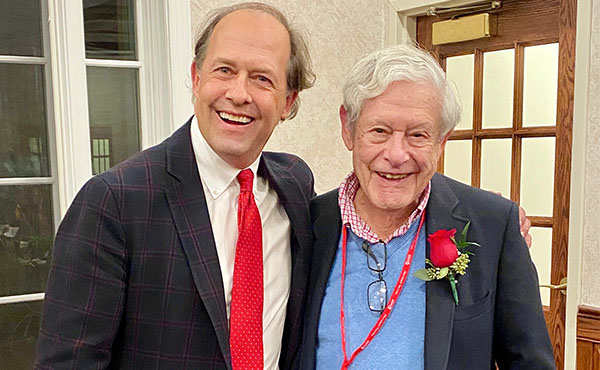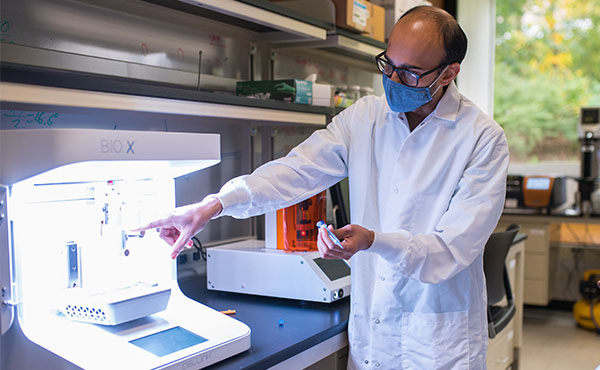A Conversation With Provost Christine Siegel, PhD, on Fairfield’s New Carnegie Status.
As chief academic officer — personally and professionally — it’s more about really extending the good work that we do, as we educate and prepare people to go out and do good work themselves.
— Christine Siegel, Provost
Fairfield University has moved into the Carnegie Classification of Institutions of Higher Education’s Doctoral Universities category, as one of 73 new doctoral, professional institutions to be added. Fairfield was formerly classified among regional master’s institutions. The new classification was made official at the end of January 2022. The Carnegie Classification is the most widely accepted classification system in higher education, and has been the leading framework for classifying all institutions of higher education in the United States for almost 50 years.
“We are excited that this distinction reflects the evolution and innovation of our academic programs, in particular the growth of our graduate and professional programs,” said Mark R. Nemec, PhD, Fairfield University President. “With this recategorization, we are on the road to becoming a University of national prominence and reputation.”
According to Carnegie’s Basic Classification description, the doctoral category includes institutions “that awarded at least 20 research/ scholarship doctoral degrees during the update year and also institutions with below 20 research/scholarship doctoral degrees that awarded at least 30 professional practice doctoral degrees in at least 2 programs.”
The new classification distinguishes Fairfield nationally, and recognizes the efforts of the University — under the leadership of President Nemec and Provost Christine Siegel, PhD — to offer doctoral programs that are preparing students at the highest level for service to others.
This interview has been edited for length and clarity.
Fairfield University Magazine: In reference to the growth of the University, what doctoral programs has Fairfield added over the last few years that contributed to the change in the classification? What was the evolution?
Provost Siegel: Fairfield had always been in the Carnegie grouping that was between a fouryear college and a doctoral university, because we had graduate programs in education, early on. Although we started as a college in the 1940s, we later grew out a business school and an engineering school. We’re a university, we’re comprehensive, and we offer master’s degrees. So that’s where we’ve sat since the Classification began in the ’70s, and as we grew out our professional schools and master’s degree programs through 2014.
As we looked at the graduate programs we offer — increasingly in the areas of practice such as nursing education — the higher-level degree became not just the master’s, but the practice doctorate. We have a doctorate of nursing practice. We have a doctorate of clinical nutrition. We have a doctorate of education, which is called an EdD. These are doctoral degrees that are focused on practice out in the field and on professional training, not on research.
Around 2014 Carnegie began to recognize, within the classification of doctoral universities, this distinction between research universities and universities that offer doctoral-level professional degrees. As we build these programs out and add more doctoral programs, we now move into this new grouping: doctoral professional.
How are these programs reflective of Fairfield’s values as a Jesuit Catholic university?
We have added doctoral programs that are preparing people at the highest level for service to others. The very first one that we added was the DNP — Doctor of Nursing Practice — and within that we offer a couple of different tracks: for nurse midwives, nurse anesthetists, psychiatric mental health nurse practitioners, and family nurse practitioners.
We are training nurses at the highest level to be in service to women — because midwifery is about women’s health — and in service to people who need to have serious medical procedures for which they need to be anaesthetized, and people with mental health concerns. As a Jesuit Catholic university, that’s where we went first in our doctoral programs. To me, that’s aligned with being “men and women for others.”
Another doctoral program that just started this past September is the EdD, offered by the School of Education and Human Development. This program is really focused on school leadership, and right now the target audience is people working in the K-12 school system, who want to become leaders. There’s a strong social justice orientation to this program; it recognizes that education is a work of social justice.
We are also anticipating, in the future, a new EdD track in higher education administration, recognizing that there is a need for really well-prepared leaders in higher education as much as at the K-12 level.
Also, our Dolan School is in conversation about a DBA — Doctor of Business Administration. We’ve done some initial exploratory studies for the DBA and would anticipate that, as with all of our Dolan programs, there would be a focus on social entrepreneurship and ethics in business.
How does this new classification impact college rankings?
To be clear, the Carnegie Classification is not a ranking, it’s just a descriptive category of what we offer as an institution.
Because our descriptor in Carnegie has changed, the group that we’re rated with by U.S. News and World Report also changes, and we move from those institutions that are ranked regionally to a set of institutions that are ranked nationally.
The related U.S. News and World Report change means that we can start to imagine ourselves — and start to position ourselves — as an institution of national stature, as opposed to just regional stature. We didn’t begin to do the things we are doing because we were trying to achieve these different descriptors or rankings, but these are measures of recognition of the work that we’re doing to expand our program offerings.
I think that we have to anticipate that our ranking is going to change because “regionally ranked institutions” is a smaller group to be ranked against. We’re going from regional to national; we’re not going to be number-one ranked.
It’s all part of national prominence. We’re excited about it and we’re proud. As chief academic officer — personally and professionally — it’s more about really extending the good work that we do, as we educate and prepare people to go out and do good work themselves.
